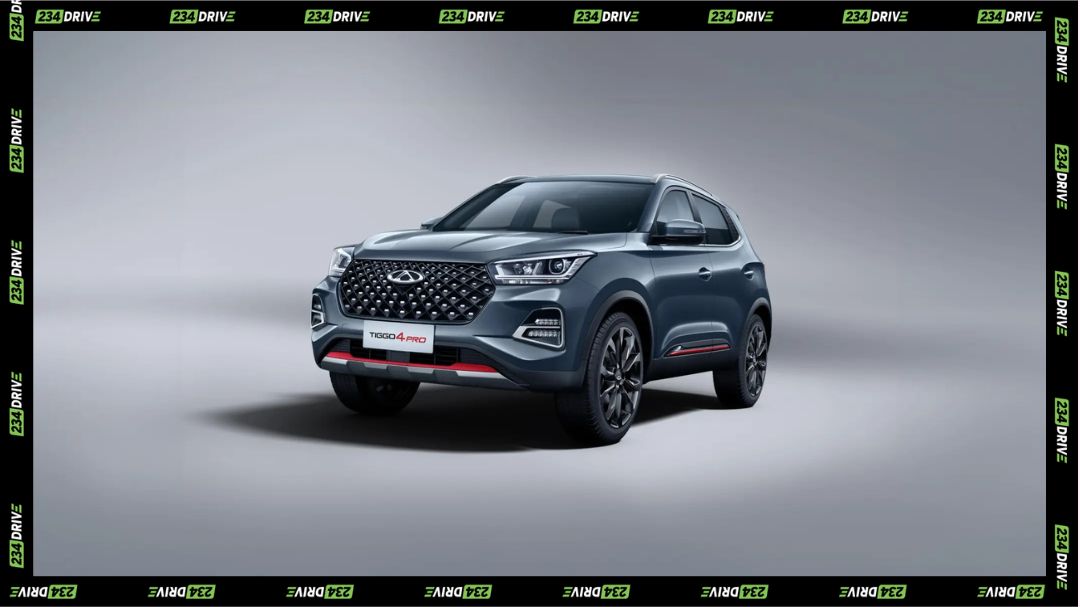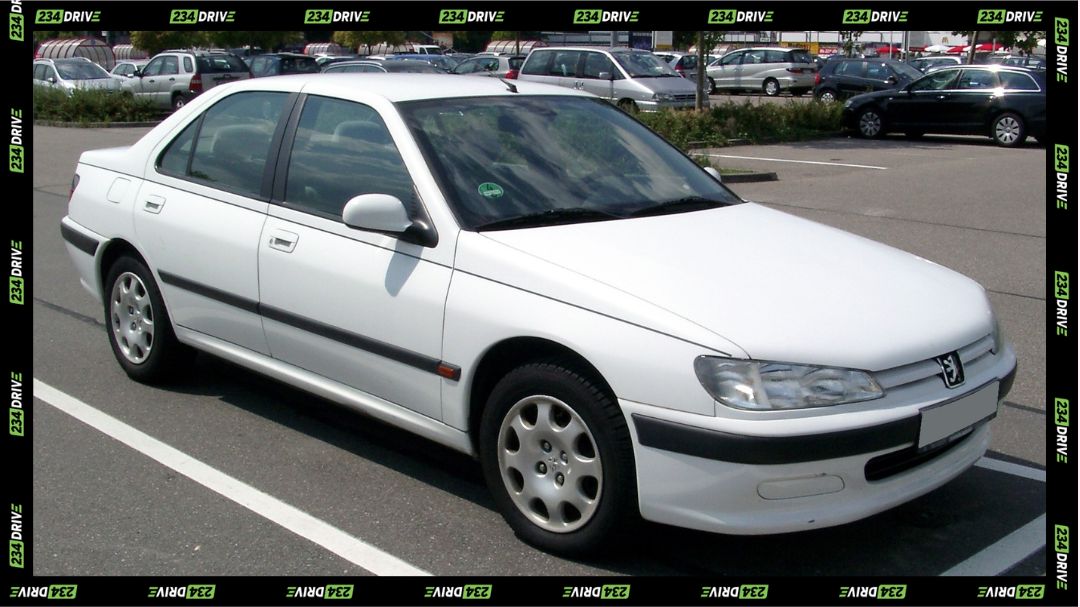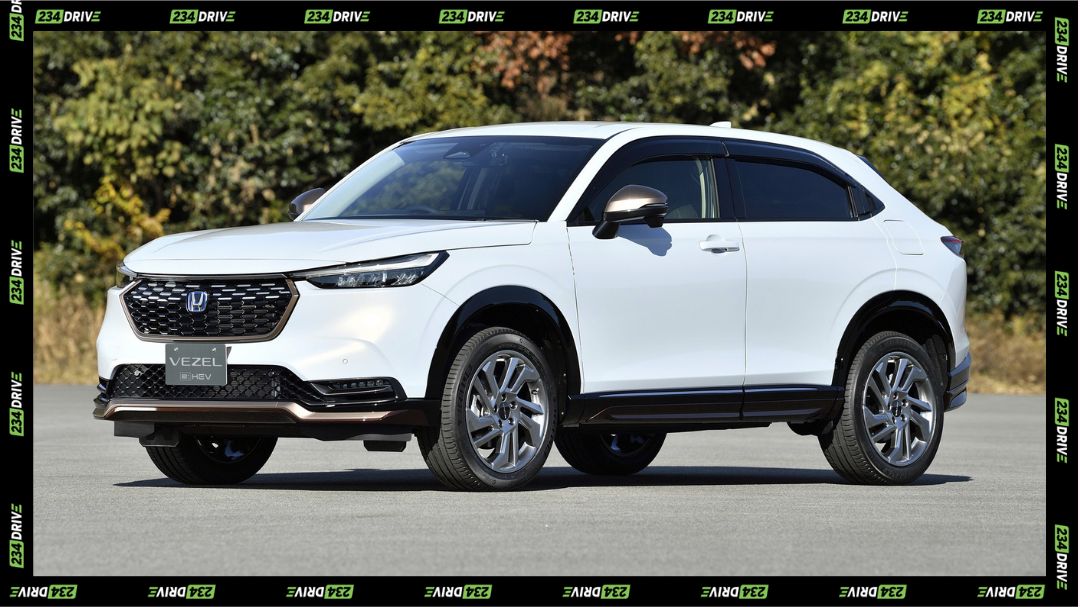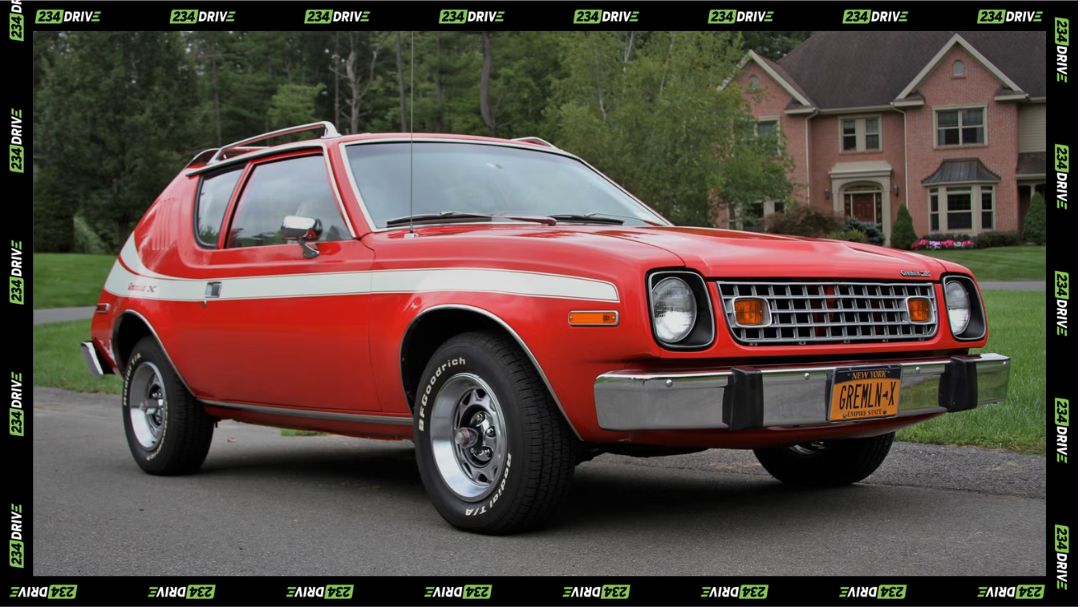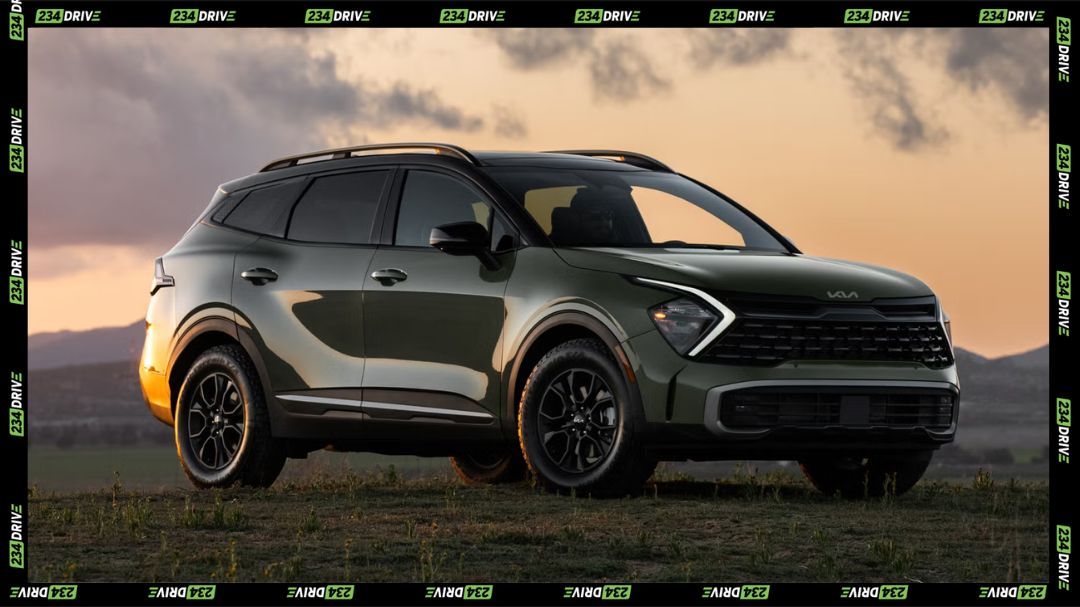The McLaren Senna stands as one of the most extreme hypercars ever produced, built in tribute to Ayrton Senna’s racing legacy. While already engineered for uncompromising track performance, McLaren offers an even more exclusive option through its Special Operations (MSO) division: a fully exposed carbon fibre body. For Nigerian enthusiasts or global collectors in 2025, this upgrade transforms both the aesthetics and the price tag of the Senna.

Only 500 examples of the McLaren Senna were produced, making it a rare sight in any market. At its base, the car costs around $1 million (₦1.55 billion), which includes a carbon fibre monocoque chassis, carbon ceramic brakes, and active aerodynamics such as the adjustable rear wing and air brake. Powered by a 4.0‑litre twin‑turbocharged V8 engine producing 800PS (789 hp) and 800Nm of torque, it accelerates from 0–100 km/h in just 2.8 seconds. The Senna is less about luxury and more about raw speed, with a stripped‑back cabin, optional air conditioning, and exposed carbon throughout.
Exterior Design and Road Presence
The Senna’s design is dictated by aerodynamics. Its sharp splitters, towering rear wing, and aggressive bodywork are not decorative but functional, creating immense downforce on track. With the exposed carbon fibre body option, the visual drama increases. The panels showcase the intricate weave of carbon fibre, finished in gloss, matte, or even tinted colours through MSO. This detail ensures the Senna commands presence even when parked among other hypercars.
Interior, Comfort, and Performance
Inside, the Senna continues its race‑focused philosophy. Alcantara and carbon fibre dominate the cabin, with lightweight bucket seats and minimal insulation. Technology includes a fold‑down digital display, a central infotainment screen, and race‑ready telemetry systems. The 4.0‑litre V8 ensures blistering performance, with lightning‑fast gear changes via a dual‑clutch transmission. While comfort is limited, every element is optimised for control and precision.

Cost of the Carbon Fibre Option
Opting for the full exposed carbon fibre body is a significant investment. McLaren Special Operations charges between $250,000 and $420,000 (₦389 million – ₦651 million), depending on the level of finish:
- Basic exposed carbon body: $249,000 (₦387 million)
- Gloss panels: around $298,000 (₦460 million)
- MSO carbon themes with colour accents: $414,000 – $420,000 (₦642 million – ₦651 million)
The process involves more than 1,000 hours of craftsmanship, with 67 individual panels carefully produced and finished. Each option is tailored, making every exposed carbon Senna unique.
Real‑World Market Data
Examples listed globally reinforce these figures. Motor1 highlighted a Senna with a $420,000 MSO carbon package priced at $1.5 million. duPont Registry reported a $297,575 option combined with a total value of $1.3 million, while private forums reference builds costing between $1.25 million and $1.6 million. These sales demonstrate how collector demand and custom details push final prices upward.
Nigerian and Regional Context
For Nigerian buyers, importing a McLaren Senna comes with additional hurdles. Import duties, taxes, and transport costs significantly increase the outlay. Maintenance is also complex, with limited access to technicians trained for hypercars. However, the prestige attached to owning such a rare machine in Lagos or Abuja is unrivalled. Beyond the attention, an exposed carbon Senna becomes both a collector’s item and a statement of wealth.

Nigeria’s road conditions make daily use impractical. The Senna is best reserved for private collections, exclusive events, or controlled drives. Solar heat and humidity also mean careful storage is vital to protect delicate materials. Still, the exclusivity ensures strong resale potential in global markets, even for Nigerian‑based owners.
Comparisons with Rivals
Against rivals like the Ferrari LaFerrari and Porsche 918 Spyder, the Senna focuses less on hybrid innovation and more on extreme aerodynamics and lightweight design. While the LaFerrari offers V12 hybrid prestige, and the 918 brings daily‑use versatility, the Senna distinguishes itself as a pure track weapon. In terms of cost, a fully customised carbon Senna sits between these models in resale value but commands added rarity due to its limited production.
Resale prospects remain strong, as collectors prize unique specifications. Maintenance costs are high but comparable to other hypercars, with services running into tens of thousands annually. Durability of the carbon finish and MSO craftsmanship boosts its appeal against rivals, which may rely more on paintwork and hybrid systems.
Conclusion
The McLaren Senna with a carbon fibre body exemplifies exclusivity, performance, and craftsmanship. Starting at $1 million (₦1.55 billion), the carbon upgrade pushes total prices into the $1.25 million – $1.5 million range (₦1.9 billion – ₦2.3 billion). For Nigerian buyers, added import and maintenance costs only heighten its rarity and prestige. Among hypercars, the Senna remains unmatched for aerodynamic design and track focus, while the exposed carbon option cements its status as one of the most desirable collector pieces of 2025.
Would you invest in the McLaren Senna carbon body, or do you think rivals like Ferrari and Porsche offer better long‑term value?


